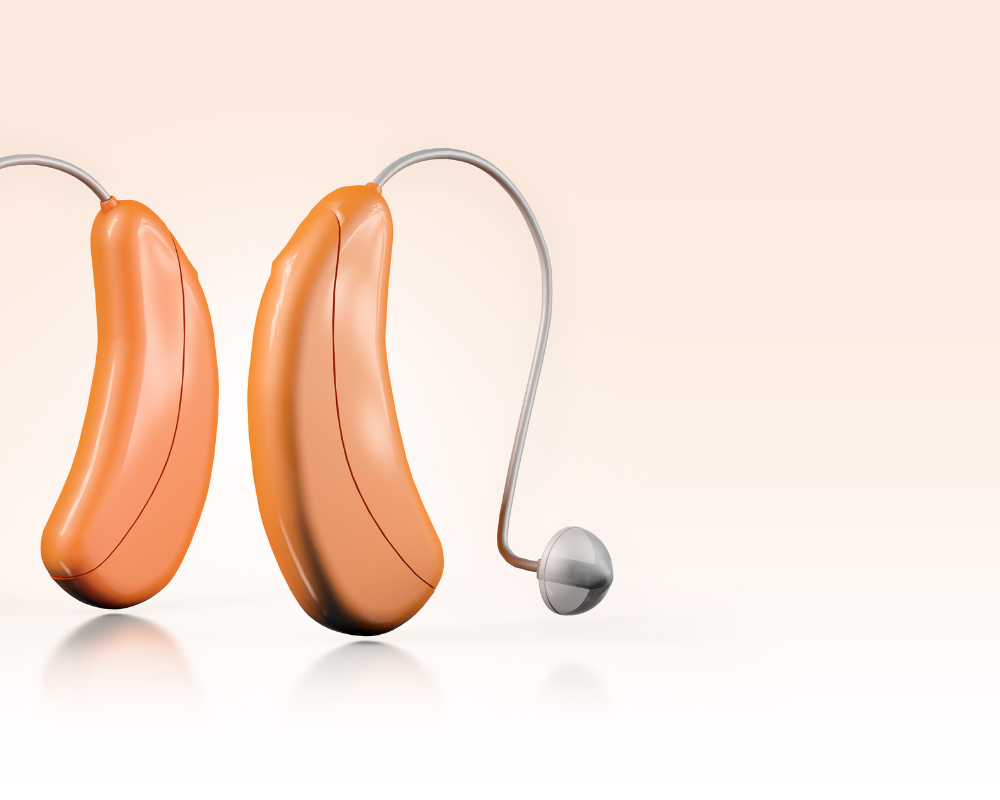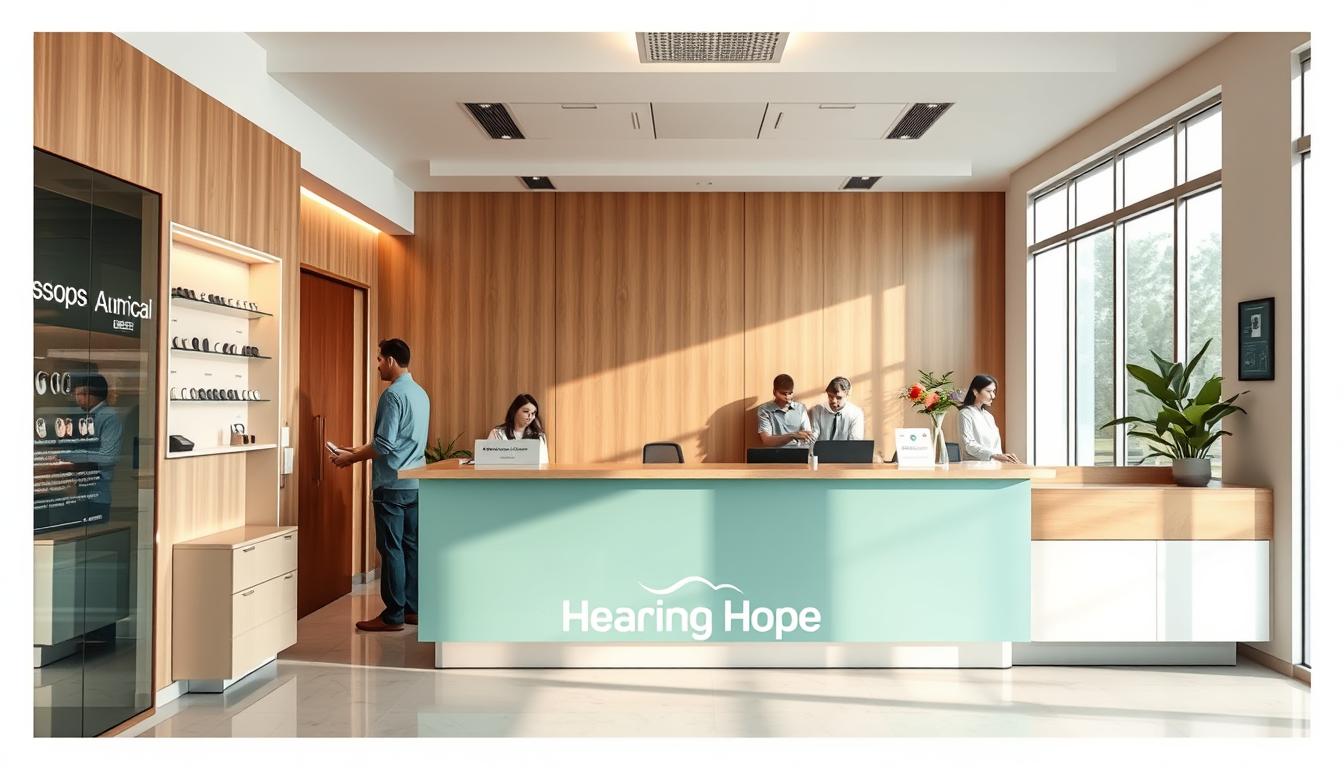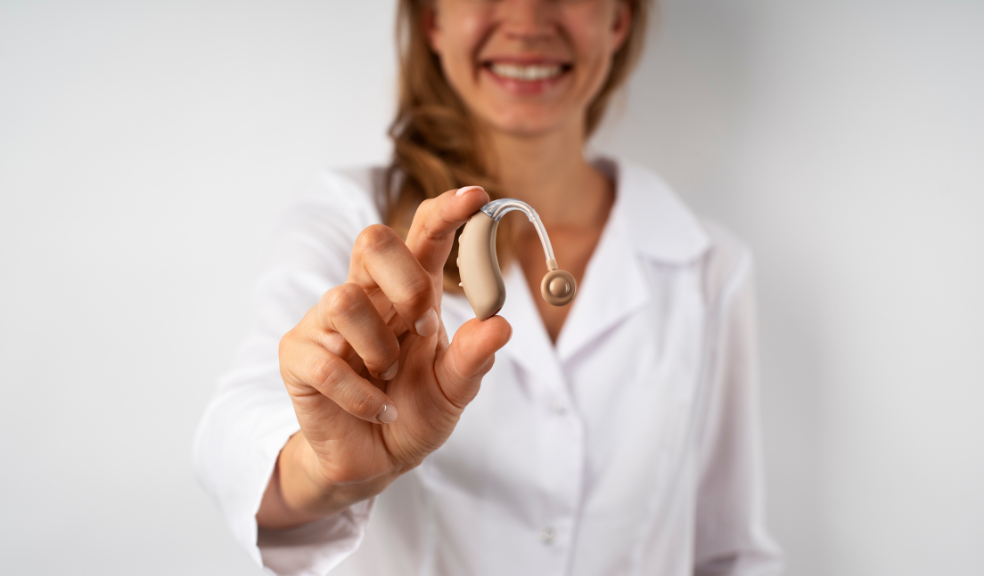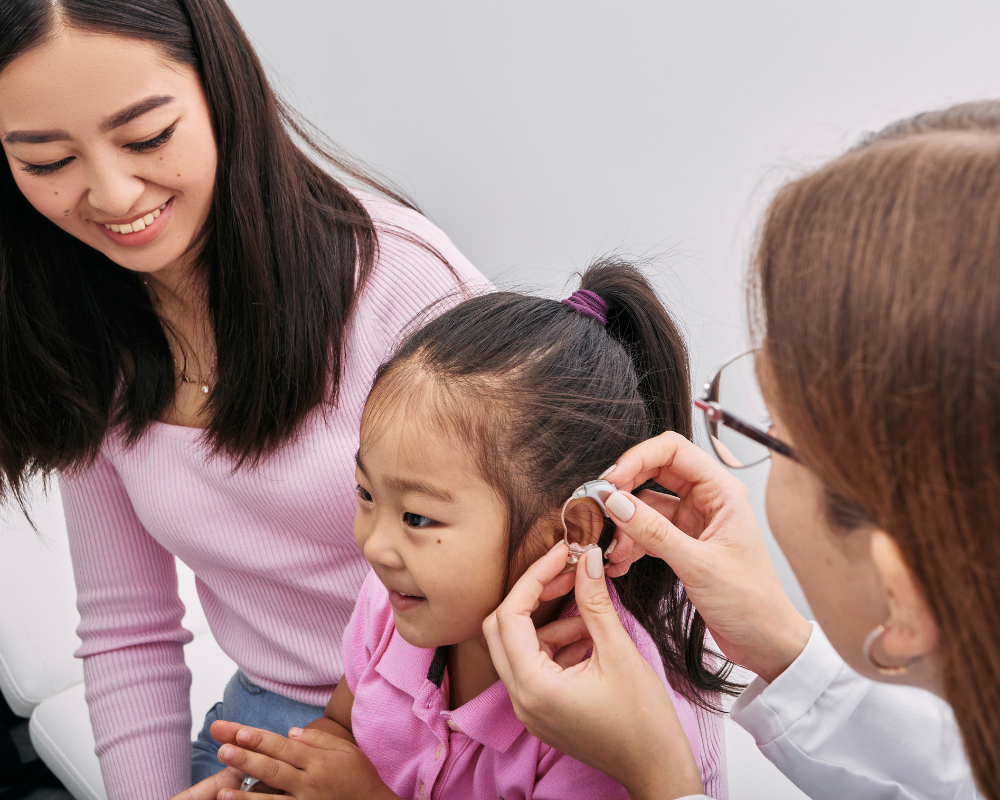Why Some Users Prefer an Analog Hearing Aid Over Digital Models

Hearing aids have come a long way from their early designs, evolving from simple amplifiers into sophisticated digital devices capable of enhancing sound with remarkable precision. Modern hearing aids can suppress background noise, connect to smartphones, and adapt to changing environments automatically. Despite these technological advancements, a significant number of users still express a preference for analog hearing aids over their digital counterparts.
This preference might seem counterintuitive at first. After all, digital hearing aids offer a range of customizable settings, automated features, and sleek designs. However, a deeper exploration reveals that for some individuals, analog hearing aids offer a unique listening experience that better suits their needs, lifestyle, and comfort. This article delves into the reasons why some users continue to choose analog devices over digital ones, despite the push from manufacturers and audiologists toward digital technology.
Understanding the Basics: Analog vs. Digital
To appreciate why some users prefer analog hearing aids, it is essential to understand the fundamental differences between analog and digital models.
Analog Hearing Aids process sound by amplifying all incoming sounds in a continuous waveform. They do not convert sound waves into digital signals. Instead, they use a microphone, amplifier, and speaker to magnify the entire spectrum of sound. Some analog aids come with basic settings or program switches but generally do not analyze or modify sound signals in complex ways.
Digital Hearing Aids, on the other hand, convert sound waves into digital signals. They use computer chips to analyze sound and modify it based on the environment and the user’s specific hearing profile. These aids can distinguish between speech and background noise, provide clearer sound in noisy settings, and offer multiple listening programs tailored to different situations.
While digital technology is more advanced and offers greater flexibility, it doesn't always translate into a better hearing experience for every user.
Preference for Simplicity and Familiarity
One of the most common reasons users prefer analog hearing aids is simplicity. Many long-term users who started with analog models find the transition to digital jarring or overly complex. Analog hearing aids typically have straightforward controls—often just a volume wheel and an on/off switch—making them incredibly user-friendly.
Elderly individuals, in particular, may struggle with the multitude of settings and programs found in digital models. For someone who is not tech-savvy, managing Bluetooth connectivity, smartphone apps, or multiple environment presets can be overwhelming. Analog aids provide a consistent listening experience without the need for constant adjustments.
Moreover, users who have relied on analog devices for years may develop a sense of comfort and trust in their equipment. The thought of switching to a digital model, even if it promises better performance on paper, can be unsettling. For them, the analog hearing aid represents reliability and consistency.
A Preference for "Natural" Sound
Another major factor in the preference for analog models is the sound quality. Many users describe analog sound as more “natural” or “full-bodied.” This is especially true for individuals who grew up before the digital revolution and are more accustomed to the continuous, uncompressed sound of analog audio systems, such as vinyl records or analog radios.
Digital hearing aids, while technically more precise, can sometimes produce a sound that feels processed or artificial. This is due to their capacity to selectively amplify certain frequencies while suppressing others. While this feature can enhance speech understanding, some users feel that it creates an unnatural listening experience.
Musicians are a prime example of users who often prefer analog aids. For them, tonal fidelity and dynamic range are critical. An analog hearing aid amplifies music in a way that feels more authentic, whereas digital aids might alter the sound too much, removing the subtle nuances that make music enjoyable.
Less Delay and Better Real-Time Response
Latency—or the slight delay between a sound being made and a user hearing it—is another issue that can affect the listening experience. Analog hearing aids process sound in real time, with virtually no delay. This makes them ideal for situations where timing is critical, such as playing a musical instrument, participating in group conversations, or watching television without audio lag.
Digital aids, although fast, do have a minor delay due to the signal processing involved. While this delay is often imperceptible to most people, some users can sense it, particularly in environments with rapid or layered sounds. This lag can make listening feel disjointed or disconnected from the environment.
Users who are sensitive to this delay may prefer analog models, which deliver instantaneous audio feedback, providing a more seamless and intuitive interaction with their surroundings.
Cost Considerations
Price is another important factor influencing the preference for analog devices. Analog hearing aids are generally more affordable than their digital counterparts. For individuals without insurance coverage or access to hearing aid subsidies, cost can be a decisive issue.
Digital hearing aids can range from hundreds to several thousand dollars per ear, especially those equipped with cutting-edge features like rechargeable batteries, directional microphones, and AI-powered adjustments. Analog models, while more basic, provide an economical solution for users seeking essential amplification without advanced features.
For people with budget constraints or those living in regions with limited healthcare access, analog models offer a practical alternative that meets fundamental hearing needs.
Durability and Ease of Maintenance
In many cases, analog hearing aids are praised for their durability and ease of maintenance. Because they are mechanically simpler and contain fewer digital components, they are less prone to software malfunctions or firmware-related issues.
Repairing an analog aid can also be easier and less expensive. Technicians who are familiar with analog technology can often service these models quickly, and replacement parts are typically cheaper. Digital hearing aids, on the other hand, may require specialized tools, software updates, and more complex diagnostics.
Additionally, analog aids tend to be more forgiving in environments with dust, moisture, or high humidity—common issues for users in rural or tropical areas. This reliability in harsh conditions makes analog aids a preferred option for certain demographics.
Consistency Over Adaptability
Digital hearing aids are designed to adapt automatically to changing environments. They can adjust the gain, suppress background noise, and even detect whether you're in a crowded restaurant or a quiet living room. While this is a selling point for many, others find the constant adjustments distracting or frustrating.
Some users prefer the consistency of an analog hearing aid. Once set to a preferred volume level, the sound remains the same regardless of the environment. This predictability allows users to feel more in control and less disoriented by sudden changes in amplification.
Moreover, users with cognitive impairments or memory issues may find it easier to use a device that behaves the same way every time. The adaptability of digital aids can be a double-edged sword when the user cannot easily understand or manage those changes.
A Nostalgic and Emotional Connection
There's also an emotional and psychological dimension to this preference. For some, the analog hearing aid represents a connection to earlier stages in life—a tool that helped them maintain their social relationships, job performance, or independence during difficult times.
Switching to a digital device might feel like abandoning something familiar and trusted. Even if a digital hearing aid provides better clarity or more features, the sentimental value attached to an analog model can outweigh these benefits.
This nostalgic bond is especially strong among older adults who associate their analog aids with important life events, making it more than just a hearing device—it becomes a part of their personal history.
Limited Availability but Dedicated Demand
It's important to note that analog hearing aids are becoming harder to find as manufacturers increasingly shift focus to digital technology. However, the demand hasn't disappeared. A small but loyal segment of users continues to seek out analog models, even if it means purchasing second-hand devices or working with niche providers.
Some companies still offer refurbished analog hearing aids or custom-built models for those who request them. Audiologists who understand this preference can help users find suitable alternatives or at least digital devices with similar sound profiles and minimal processing.
Despite the dwindling availability, the analog hearing aid market persists, driven by the unwavering preference of users who value simplicity, sound quality, and control.
When Analog May Be the Better Choice
While digital hearing aids are generally recommended due to their advanced features and adaptability, analog models can still be the better choice in specific scenarios:
Severe to profound hearing loss where loud, consistent amplification is needed without processing.
Musicians or audio professionals who require natural sound fidelity.
Users in remote areas where access to technical support is limited.
Elderly individuals who need simple operation and reliability.
Budget-conscious users who need basic amplification without extras.
In these cases, the benefits of analog hearing aids align more closely with the user's needs than digital alternatives.
Conclusion
In an age where technology continues to dominate and digitize every aspect of our lives, it's easy to assume that newer is always better. However, when it comes to hearing aids, the user experience is highly personal. While digital hearing aids offer advanced features, customization, and connectivity, they are not universally preferred.
For a significant number of individuals, the analog hearing aid continues to be the better fit. Whether it's due to the natural sound quality, simplicity of use, affordability, or emotional connection, analog hearing aids still have a place in today’s market. Understanding and respecting this preference is essential, not only for audiologists but also for manufacturers and caregivers seeking to provide the most suitable and satisfying hearing solutions.
Ultimately, the "best" hearing aid is the one that enhances a person's quality of life, allows them to connect meaningfully with others, and provides comfort and confidence. For
Note: IndiBlogHub features both user-submitted and editorial content. We do not verify third-party contributions. Read our Disclaimer and Privacy Policyfor details.







